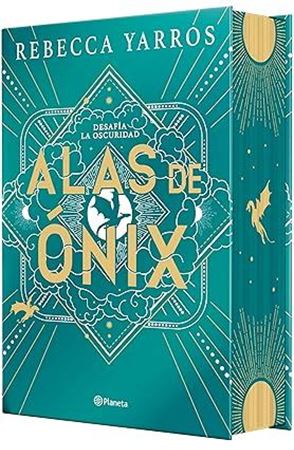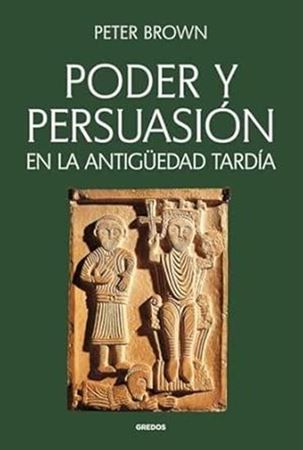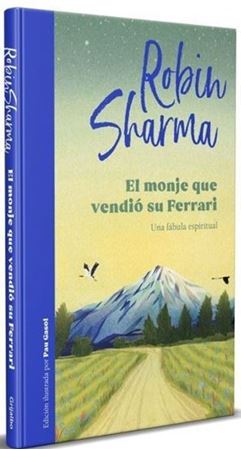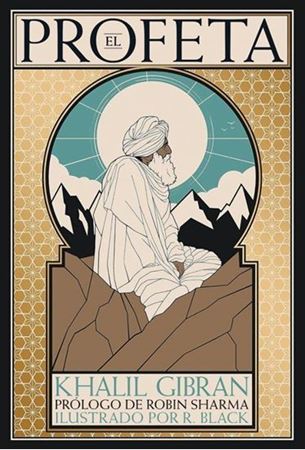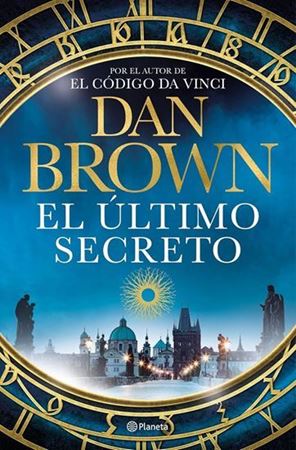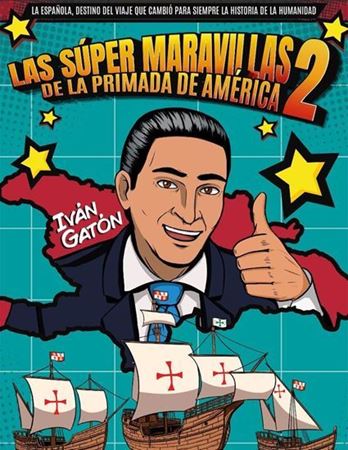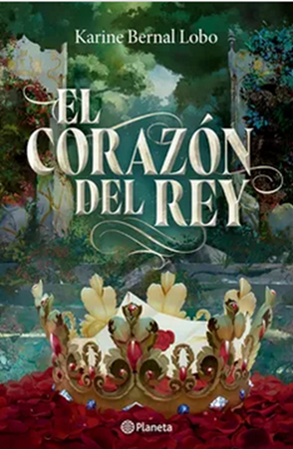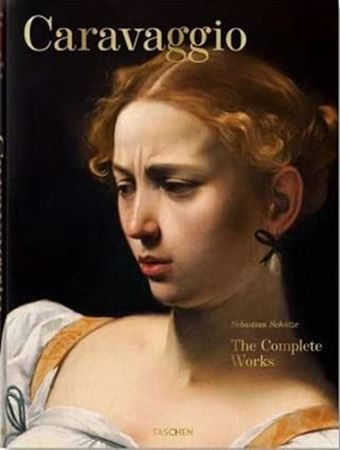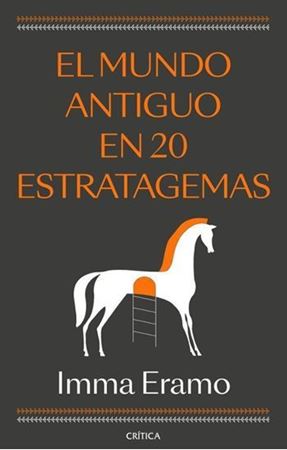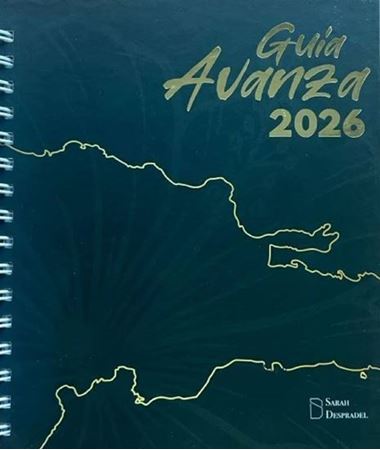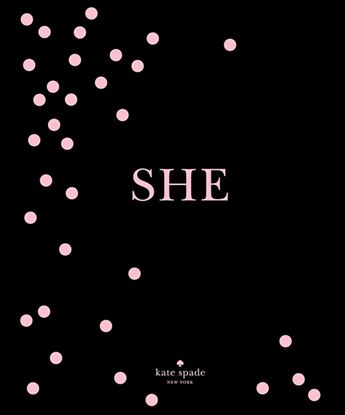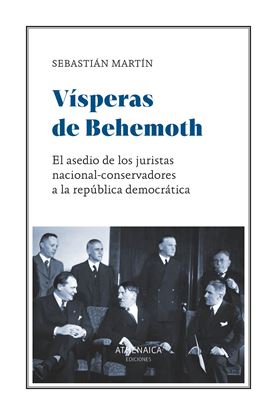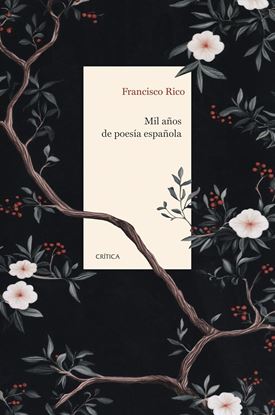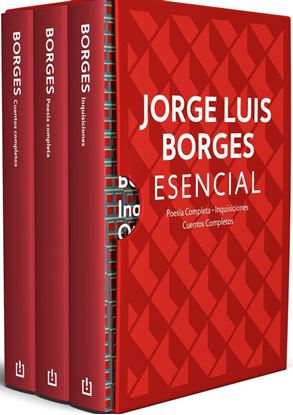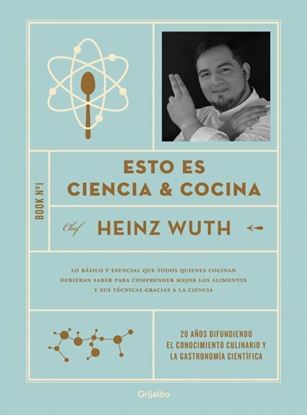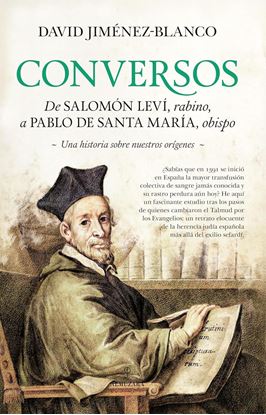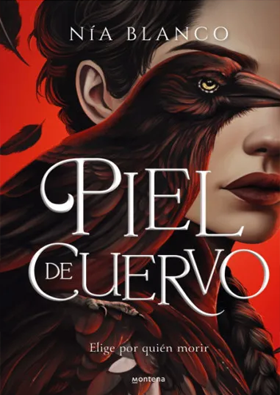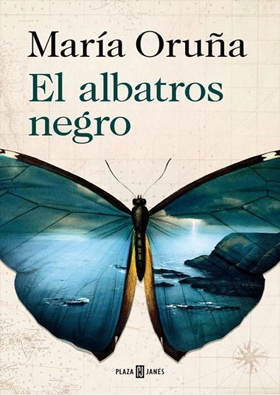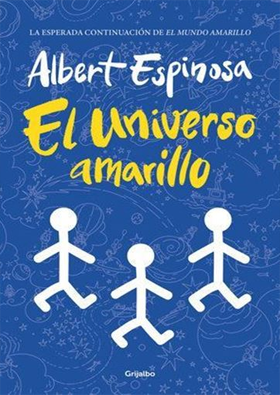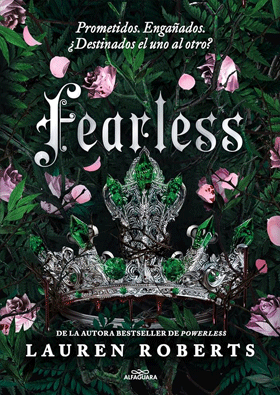

NOVEDADES
KATE SPADE NEW YORK: SHE MUSES
This “must-have tome . . . which pays homage to trailblazers as varied as Gloria Steinem and Dolly Parton” (ELLE) invites readers into a way of living that is singularly joyous, distinctly feminine, and wildly interesting.
The most exciting and vibrant women in America are the ones who stand out from the crowd. SHE pays tribute to:
Revered activists like Gloria Steinem and Shirley Chisholm
Classic fictional characters like Mary Richards and Carrie Bradshaw
Treasured icons like Marilyn Monroe and Nina Simone
Contemporary firebirds like Chimamanda Ngozi Adichie and Dolly Parton
With rich photography, spirited quotes and profiles, amusing anecdotes, words of wisdom, personal essays, and signature kate spade new york “she” statements, every page of SHE will inspire you to live your own interesting life to the fullest, every single day.
2,995
2,396
VISPERAS DE BEHEMOTH
El análisis de la justicia y la política alemanas de los años 20 y primeros 30 del pasado siglo sirven en este ensayo para comparar el proyecto liberal conservador y el republicano como las dos formas que marcaron el enfrentamiento ideológico europeo antes del ascenso de los totalitarismos.
En una carta enviada al dictador Francisco Franco en septiembre de 1945, Ramón Serrano Suñer sostenía que, antes del final de la Segunda Guerra, 'las tres formas políticas genéricas de nuestro tiempo eran: democracia liberal, fascismo o comunismo'; y que ante aquella disyuntiva, la decantación totalitaria española fue la más conveniente. Desde aquel entonces, el momento político de la primera posguerra ha solido encajonarse en el citado trilátero. La presente monografía plantea un ángulo de observación alternativo, tomando el caso alemán como categoría europea. El espíritu político de los años 1920 y primeros 1930 resulta más eficazmente captado a través de la contraposición entre dos proyectos liberales nacionales: el conservador y el republicano. Sus implicaciones políticas saltan bien a la vista desde el observatorio que proporciona el derecho constitucional y la teoría del Estado. Sobre estos postulados, se examinan la opinión conservadora y el parecer demócrata sobre la figura constitucional republicana, la democracia pluralista, el Estado de partidos, el gobierno parlamentario, la supremacía de la ley, la vinculación constitucional y legal de los jueces, los derechos fundamentales, el papel de la alta burocracia, el estatuto de los cuerpos intermedios o el alcance de los poderes de excepción. Se han redactado estas líneas con el afán de reconstruir un intervalo jurídico fundacional, mas ya cancelado, aunque con la impresión creciente de estar escribiendo sobre desafíos y peligros que vuelven a emerger entre nosotros.
2,995
2,396
MIL AÑOS DE POESIA ESPAÑOLA
Uno de los grandes embajadores de la lengua española arma una monumental antología de la poesía en nuestra lengua.
«Los más de los poetas y poemas que aparecen en las páginas que siguen llegan a ellas con la impecable ejecutoria de hidalguía de una sostenida influencia en otros creadores y en otros textos, una opinión crítica unánime y la evidente predilección de los aficionados. A decir verdad, mi tarea ha sido fundamentalmente ir a buscar en las ediciones de mayor solvencia esos poemas y esos poetas estrictamente clásicos y traerlos aquí en la más amplia medida que permitieran las dimensiones del volumen. Las introducciones a cada autor y a cada texto hilvanan una no tan pequeña historia de la creación poética en España desde las jarchas hasta nuestros días.»
«En los horizontes de la poesía española, hay, con todo, zonas de penumbra: períodos sólo frecuentados por unos cuantos especialistas, autores ―también ellos― de dudosa reputación, rescates tardíos y minoritarios… Es en esos claroscuros donde quizá se encuentre (y se excuse) una intervención mía más personal y donde me habría gustado ofrecer al común de los lectores una selección tan orientadora como gozosa.»
FRANCISCO RICO
2,995
2,396
ESTUCHE BORGES ESENCIAL (BOL)
Poesía completa recoge toda la obra poética de Borges, desde sus inicios modernistas hasta los poemas más íntimos y metafísicos de madurez. Aquí emergen sus obsesiones habituales el tiempo, la memoria, los laberintos, los espejos, el amor y la eternidad y su reflexión sobre la propia creación literaria.
Cuentos completos ofrece por primera vez todos los relatos de Borges en un solo volumen: ficciones, narraciones fantásticas, universos paralelos, especulaciones filosóficas, historia, identidad. Desde «El Aleph» hasta «El jardín de los senderos que se bifurcan», «Las ruinas circulares», «Funes el memorioso», «Pierre Menard» o «El Sur», este libro es una odisea narrativa que expande los límites de lo posible.
Inquisiciones es el primer libro en prosa de Borges, publicado en 1925. En él resuenan ecos de sus lecturas, sus influencias literarias, filosóficas y culturales: desde Quevedo y Unamuno hasta la tradición idealista, pasando por ensayos sobre autores poco conocidos, metáforas, reflexiones tempranas que ya anuncian el Borges que vendría. Una pieza clave para entender sus raíces, sus dudas y su formación intelectual.
2,995
2,396
ESTO ES CIENCIA & COCINA
¿Cuándo se debe añadir sal a las legumbres? ¿Y a la carne? ¿El limón cocina el pescado? ¿Y como evitar efectivamente la oxidación del aguacate o palta? Descubre la ciencia detrás de la cocina y descubre los consejos y secretos para cocinar como un profesional con Esto es ciencia y cocina. Con este libro, Heinz Wuth utiliza ejemplos cotidianos, explicaciones sencillas e ilustraciones para acercar a los cocineros, chefs, amantes de la comida y profesionales a la comprensión de los procesos a los que se someten los alimentos cuando se cocinan. Este completo libro brindará a los lectores un nuevo conocimiento de la ciencia detrás de la cocina que los preparará para cocinar con confianza.
2,950
2,360
CONVERSOS
Salomón Leví cambió su kipá por la tonsura y pasó a llamarse Pablo de Santa María: además de prelado de su Burgos natal, acabaría siendo toda una autoridad en la corte de Castilla, así como asesor de Benedicto XIII en el papado aviñonés. La suya es solo una de tantas historias como protagonizaron los llamados conversos, pero, siguiendo sus pasos a través de los lugares que él y otros miles pisaron, David Jiménez-Blanco ha reconstruido insólitamente los escenarios de la presencia judía en la vieja Sefarad en busca del origen de muchos españoles. Le acompaña en el viaje su buen amigo Samuel Bengio, hijo de la diáspora. Alejados de la historiografía convencional, un cristiano y un hebreo del siglo XXI elaboran un fascinante estudio que deviene una certera reflexión sobre su identidad colectiva. ¿Quiénes fueron Ferrán Martínez, Vicente Ferrer y Jerónimo de Santa Fe? ¿Acaso los pogromos y la integración cultural de los judeoconversos no hallan sus ecos en la eclosión política del Imperio español? ¿De qué modo alumbra esa fusión la mística de santa Teresa y san Juan de la Cruz o la literatura del Siglo de Oro? ¿Qué nos revelan los últimos análisis de ADN acerca de una herencia judaica? La presente obra es un relato elocuente del ser en pos de sus raíces entre las brumas de un pasado incómodo y siempre complejo.
2,950
2,360

